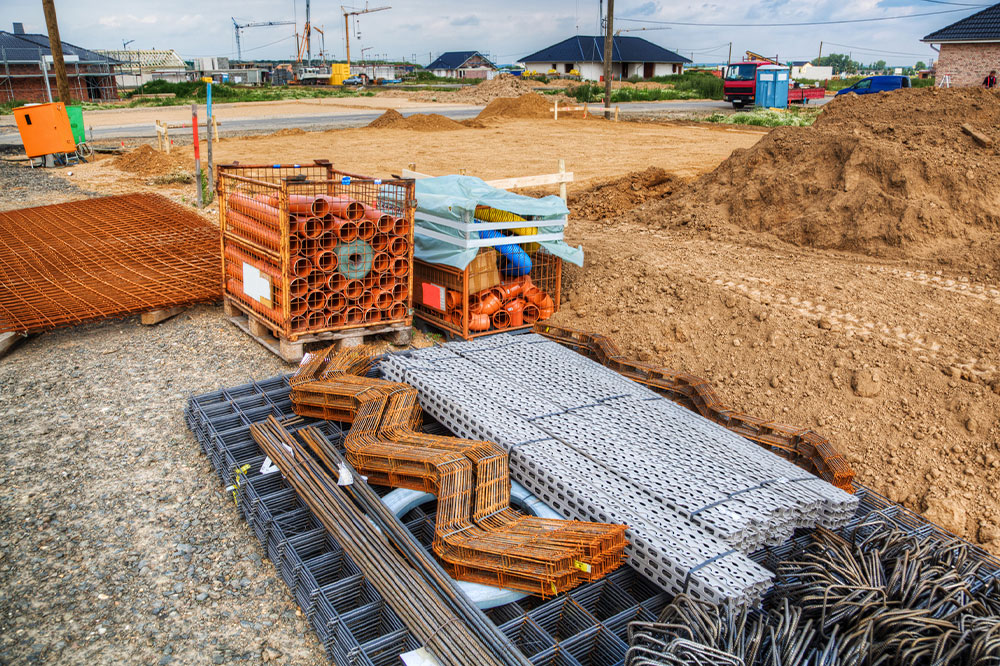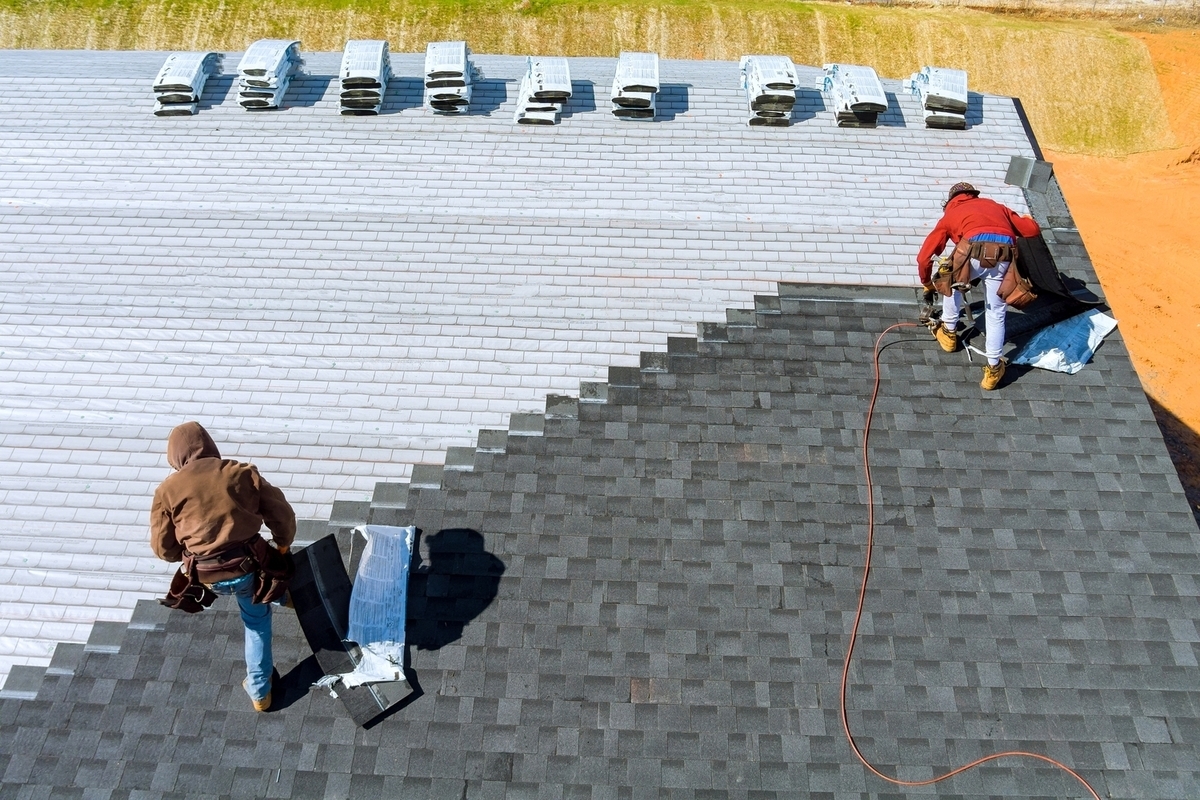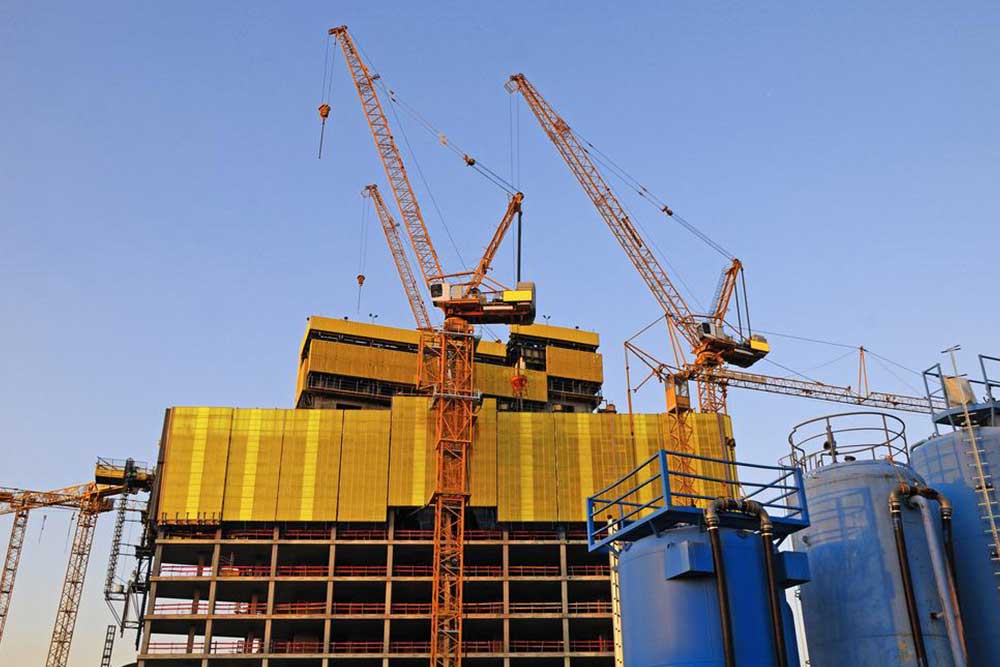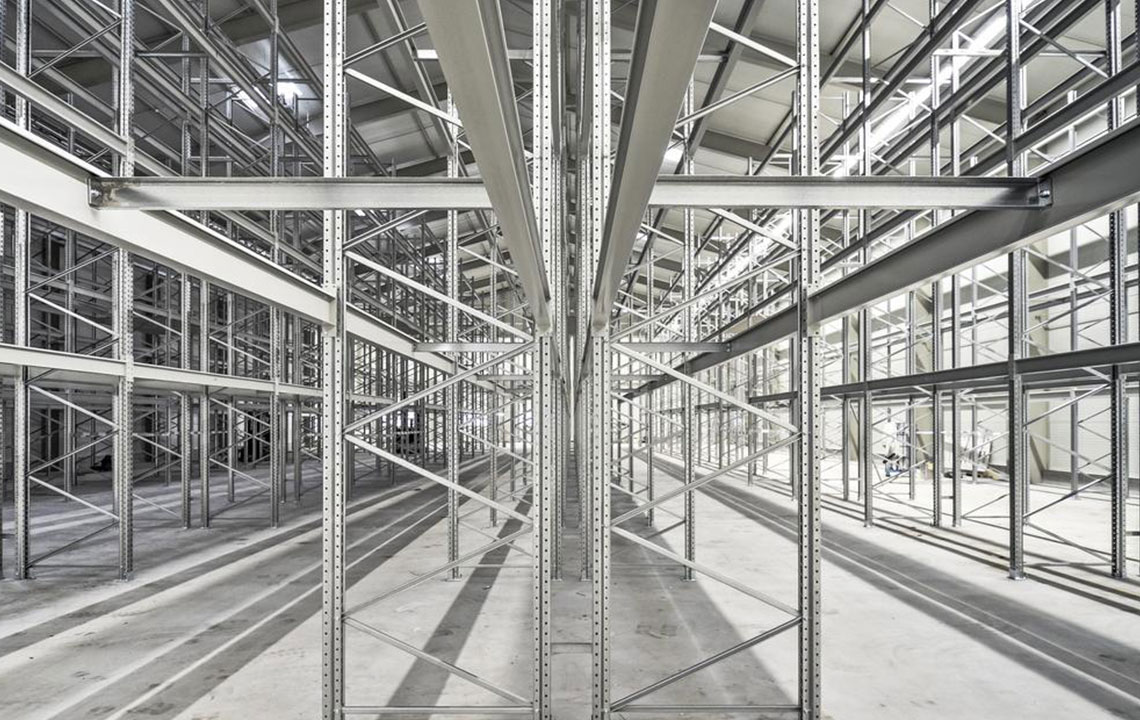Comprehensive Guide to the Top 8 Building Materials Essential for Construction Projects
This comprehensive guide explores the top eight essential construction materials that form the backbone of modern building projects. From concrete and steel to wood, stone, bricks, plastics, glass, and mortar, learn how these materials contribute to durable, efficient, and aesthetically appealing structures. The article highlights recent innovations and best practices for selecting the right materials to ensure the longevity and safety of your construction projects. Ideal for construction professionals, architects, and homeowners aiming to understand vital building supplies.

Comprehensive Guide to the Top 8 Building Materials Essential for Construction Projects
In recent years, the construction industry has experienced a significant surge in demand for high-quality building materials driven by increased investments in residential, commercial, and infrastructure developments worldwide. In 2020 alone, the total sales of construction materials in the United States reached approximately $368.5 billion, underscoring a thriving sector eager for reliable supplies and innovative solutions. Whether constructing new buildings, renovating existing structures, or developing large-scale infrastructure projects, understanding the essential construction materials and supplies is crucial for architects, engineers, contractors, and homeowners alike.
Concrete: The Cornerstone of Construction
Concrete remains one of the most fundamental materials in the construction industry due to its versatility, durability, and cost-effectiveness. It is extensively used across various types of projects including residential foundations, commercial skyscraper frameworks, bridges, sewage systems, and culverts. Composed of cement, aggregates (such as sand and gravel), and water, concrete undergoes a chemical reaction called hydration, which solidifies it into a strong, durable material. The curing process typically takes about a week, during which the material gains significant strength.
Reinforced concrete, which embeds steel rebar or mesh within the concrete, significantly enhances its structural integrity, tensile strength, and flexibility. This combination enables the creation of shapable forms that, once cured, become highly resilient and long-lasting. Innovations in concrete technology, including high-performance and eco-friendly variants, continue to expand its applications in modern construction projects.
Steel: The Structural Backbone
Steel, derived from a combination of iron, carbon, and other alloying elements, is renowned for its high tensile strength and cost efficiency. It is a staple in constructing high-rise buildings, bridges, industrial facilities, and infrastructure projects. Steel is lightweight relative to its strength, making it easier and more economical to transport and assemble on-site.
In addition to structural support, steel is widely used for roofing frameworks, cladding, staircases, handrails, and reinforcement in concrete structures. Proper installation techniques, including corrosion protection measures such as galvanization or coating, are essential in ensuring the longevity of steel components. The development of stainless steel and weather-resistant alloys further enhances its durability under challenging environmental conditions.
Advances in steel manufacturing processes, like pre-fabrication and modular construction, contribute to efficiency in large-scale projects, reducing construction time and costs while maintaining high safety standards.
Wood: The Versatile and Traditional Material
As one of humanity’s oldest and most familiar building materials, wood continues to play a vital role in construction due to its natural strength, aesthetic appeal, and ease of shaping. It is used in framing, flooring, doors, windows, wall paneling, insulation, and furniture. Its renewable nature and insulating properties add sustainability benefits to construction projects.
Modern advancements in engineered wood products, such as plywood, oriented strand board (OSB), and laminated veneer lumber (LVL), have expanded wood's applications and improved its performance in terms of moisture resistance, strength, and stability. Wood's ability to blend with other materials like steel and concrete enables diverse architectural designs and environmentally friendly construction practices.
Stone: Durability and Aesthetic Appeal
Stone has been a preferred building material since ancient civilizations due to its longevity, strength, and visual appeal. Common varieties such as marble, granite, sandstone, and limestone are valued for their unique textures and durability. In construction, stone is often used for exterior facades, interior flooring, countertops, and decorative elements.
Natural stone materials are also utilized as aggregates in concrete or as ballast in foundations and retaining walls. Its resistance to weathering and natural wear makes stone an ideal choice for structures demanding a high degree of resilience.
Recent technological advancements have facilitated the processing and installation of natural and engineered stones, making them more versatile and accessible for modern architectural projects.
Bricks: The Classic Building Block
Bricks are one of the most recognizable and widely used building materials in the world. Made from clay or concrete, bricks are shaped into rectangular blocks, then fired or cured to achieve durability. They are essential in constructing walls, foundations, and decorative facades.
Modern bricks, reinforced with steel or other materials, are designed to support high loads and withstand environmental stresses like moisture and temperature fluctuations. Brick construction offers excellent thermal insulation, fire resistance, and low maintenance, making it a popular choice for residential and commercial buildings.
Advances in brick manufacturing, including fly ash bricks and eco-bricks, promote sustainability by reducing environmental impact while maintaining structural performance.
Plastic: The Cost-Effective and Resilient Material
Plastic materials such as PET, PVC, and polystyrene are integral in modern construction, especially for piping, electrical conduits, insulation panels, and decorative panels. Their resilience to heat, chemicals, and moisture makes them ideal for various applications.
Recycling plastics in construction not only reduces waste but also offers cost-effective solutions for buildings. Plastic-based materials are lightweight, easy to install, and adaptable to complex designs, allowing for innovative architectural features.
Additionally, developments in recyclable and biodegradable plastics are driving a more sustainable future in construction, emphasizing environmental responsibility alongside performance.
Glass: Transparency and Energy Efficiency
Glass continues to be a key element in construction, primarily used in windows, curtain walls, partitions, and decorative façade elements. Modern architectural glass allows natural sunlight to fill interiors, reducing the need for artificial lighting and promoting energy efficiency.
Innovations such as double-glazed, low-emissivity (Low-E), and solar-control glass enhance insulation and reduce heat transfer, contributing to sustainable building designs. Large glass panels and flexible architectural glass solutions are increasingly used in skyscrapers and commercial buildings for aesthetic appeal and functionality.
Beyond aesthetics, glass contributes to improving the overall energy performance and occupant comfort of buildings, aligning with green building standards.
Mortar: The Essential Binding Agent
This paste-like material acts as an adhesive and sealant in masonry work. Typically composed of cement, sand, and water, mortar is crucial for bonding bricks, stones, and other masonry units.
High-quality mortar ensures structural stability, prevents water ingress, and maintains the integrity of walls and other structures. Different types of mortar, such as lime mortar and cement mortar, are used depending on the specific requirements of the project.
Choosing the right mortar mix and application method enhances the durability and safety of the finished structure. Skilled application and quality materials are essential to achieve long-term performance and minimize maintenance costs.
In conclusion, selecting the appropriate construction materials is vital for building durable, efficient, and safe structures. Consulting with experienced professionals can help ensure that the materials chosen meet the project’s specific needs and sustainability goals, ultimately contributing to successful construction outcomes.




